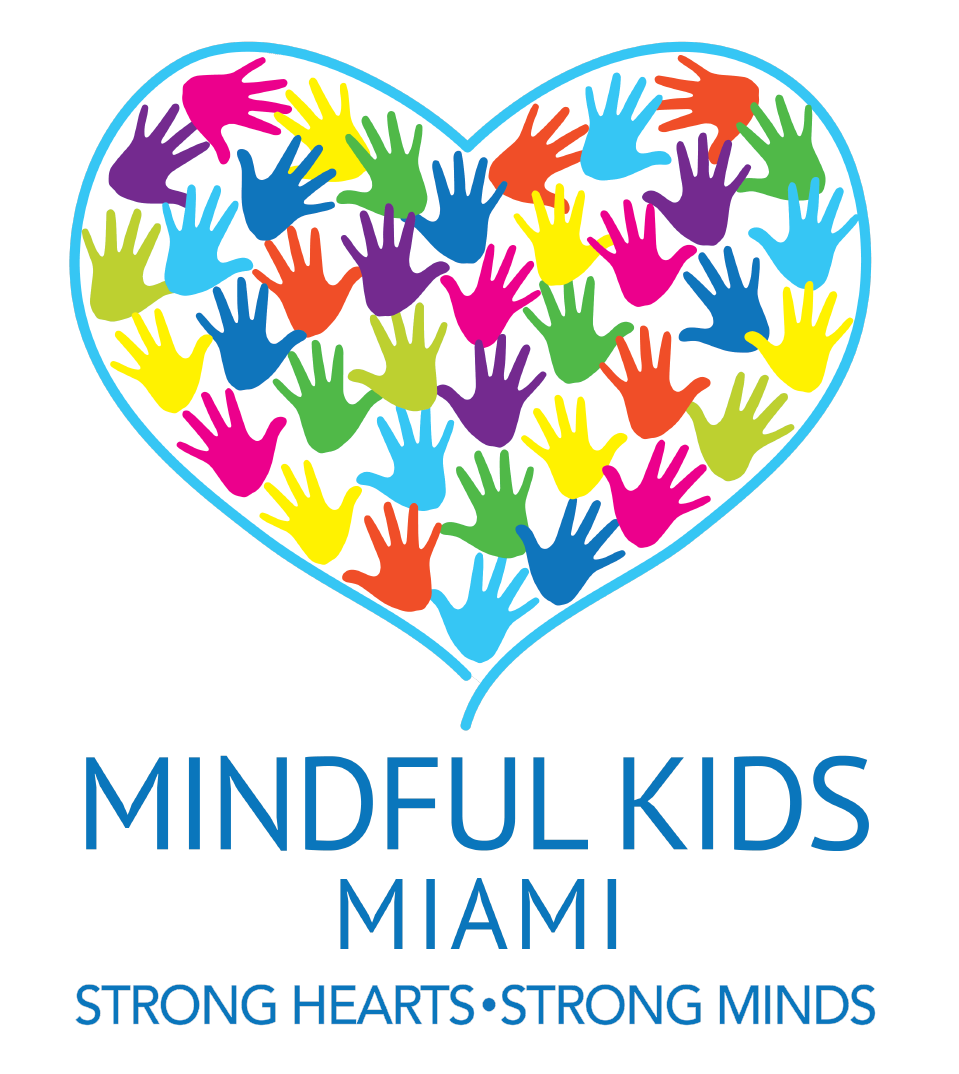Can Regular Mindfulness Practices Help You Let Go of Negative Thoughts?
Mindfulness is being talked about more than ever, but what is mindfulness? In a nutshell, we define mindfulness as a way of focusing on your immediate present to bring awareness to everyday experiences. Practicing mindfulness does not have to be complicated and, in fact, should not be. It can be as simple as noticing the texture of something you’re eating or the smell of a scent that just passed your nose. Mindfulness, at its core, is paying attention to everyday experiences as you notice them and not bypassing them in the business of life.
Research has proven the effectiveness of mindfulness for letting go of negative thoughts and feelings and has shown that mindfulness can help those with anxiety and depression.
Here are the two key parts of mindfulness:
· Paying attention to and being aware of the present moment
· Accepting or being willing to be present with your experiences without judging them (thoughts, emotions, physical sensations – including discomfort).
For example, when a person focuses on the inhale and the exhale of their breathing patterns, they are being present and taking a moment to slow down. This means focusing on just that moment and breathing while allowing any negative thoughts, feelings, and anxiousness to be in the background.
While mindfulness is not about pushing feelings away or even embracing them, it is about allowing them to run their natural course while not consuming you. In this process, a person is willing to notice where their thoughts take them and then bring the attention back to the present.
In addition, mindfulness has been found to help individuals cope with difficult emotions, ranging from everyday stress to PTSD. Practicing mindfulness can help you be more focused and aware of the present moment while also being more willing to face the difficult emotions that sometimes come up after trauma.
Mindfulness practices can benefit everyone and be a useful resource in dealing with negative thoughts and feelings.
Learn more about mindfulness and how to start a journey to a more present life in one of our classes or workshops.

